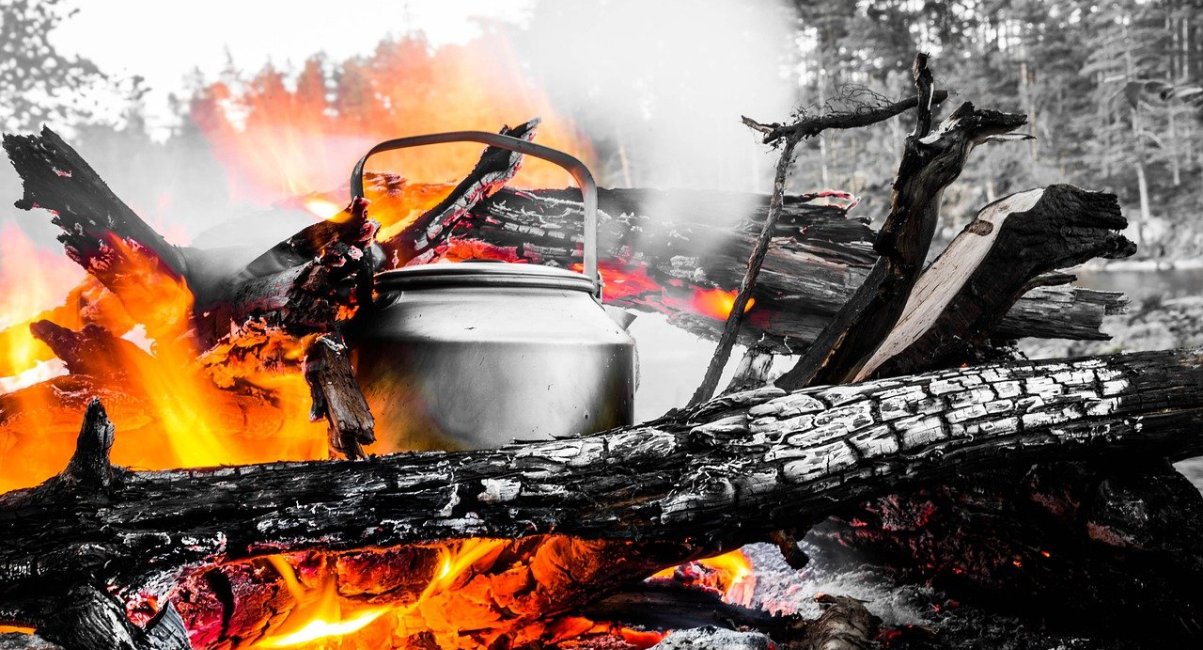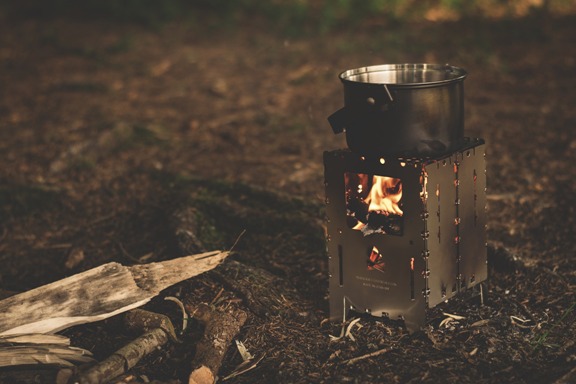HOME » ABOUT US » Our Initiatives » No Forest Fires

We all know the catastrophic consequences of forest fires. At least 90% of forest fires are caused by humans. For example, details for the USA:
To reduce the likelihood of a fire, it is enough to follow simple rules:
In addition, there are many fire regulations adapted to different destinations, such as:
Notice of Defensible Space Inspection
Rules for Safe Recreation in the Forest
Fire Safety Rules in the Forest
Also, you should remember – what to do in the forest in case of fire:
Memo on Actions in the Event of a Forest Fire
Before, During and After a Wildfire
It is worth noting that due to the location of different countries in different climatic zones, fire regulations can vary greatly. Services that should be notified about forest fires may also differ. Before going to the forest, be sure to study the fire rules of the destination. This will help to avoid fires, and sometimes to avoid legal liability in the case of a fire if it can be proven that the fire was caused by your violation of the rules.

In this case, smart tourism can well help one of the goals of the SDG, namely “Protect, restore and promote sustainable use of terrestrial ecosystems, sustainably manage forests, combat desertification, halt and reverse land degradation and halt biodiversity loss”.